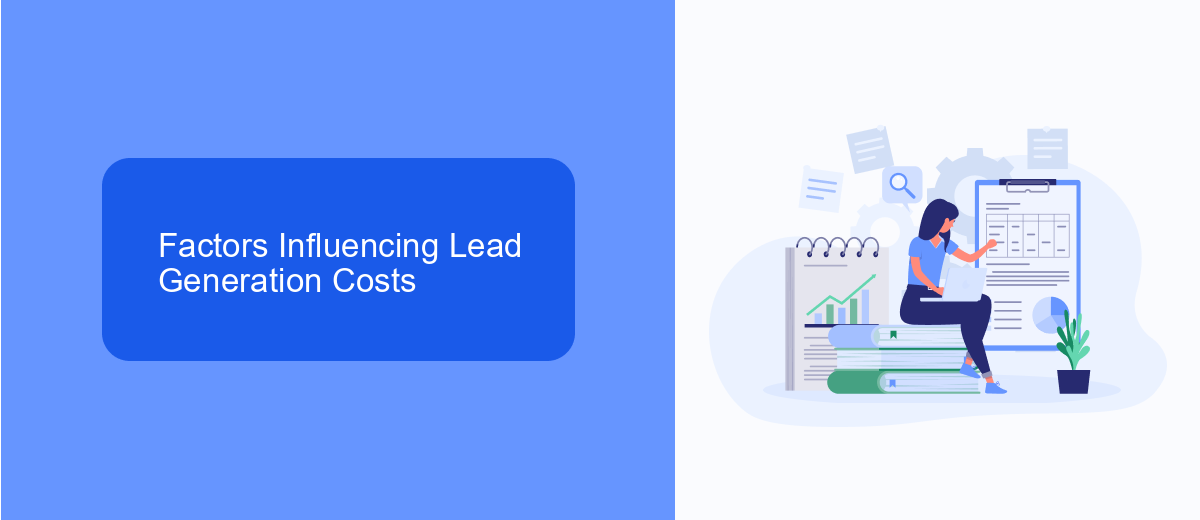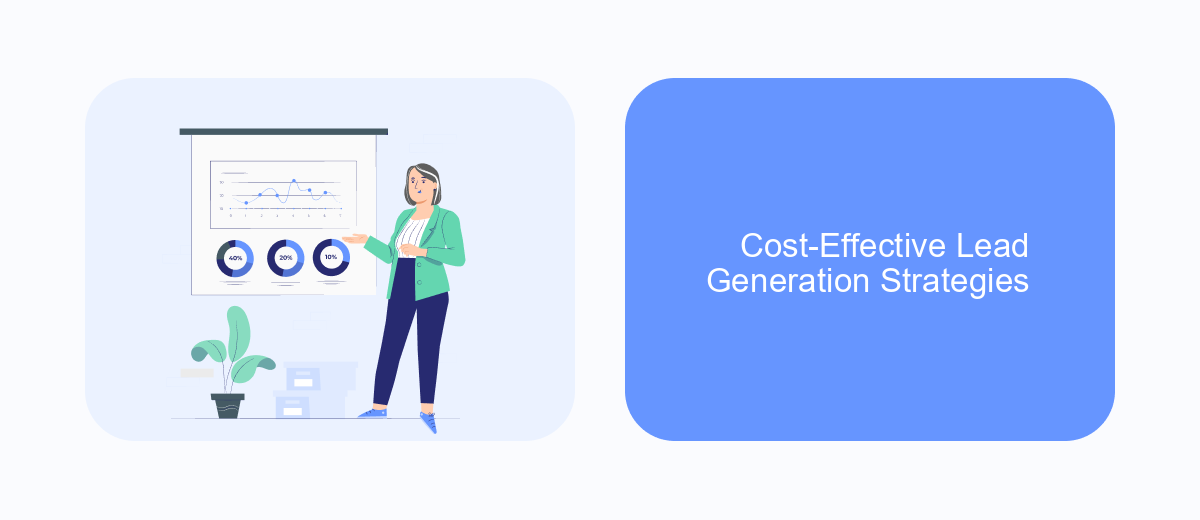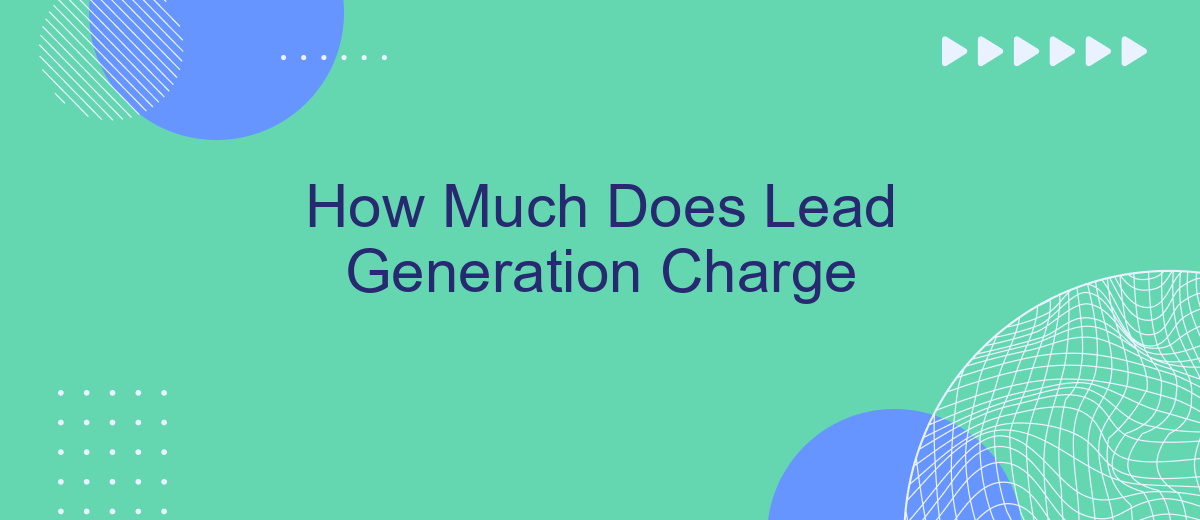Understanding the cost of lead generation is crucial for businesses aiming to optimize their marketing budgets and maximize ROI. This article delves into the various factors that influence lead generation pricing, including industry standards, the complexity of campaigns, and the tools employed. By examining these elements, businesses can make informed decisions and tailor their strategies to achieve effective and cost-efficient lead generation.
Understanding Lead Generation Pricing Models
Understanding the pricing models for lead generation is crucial for businesses looking to optimize their marketing budget. These models determine how much a company will pay for the leads generated by a service provider and can vary significantly based on the industry, quality of leads, and provider's reputation. By comprehending these models, businesses can make informed decisions and select the most cost-effective option that aligns with their marketing goals.
- Pay Per Lead (PPL): Businesses pay a fixed fee for each lead generated, offering predictability in budgeting.
- Pay Per Click (PPC): Charges are based on the number of clicks on an ad, which may or may not result in leads.
- Pay Per Acquisition (PPA): Payment is made only when a lead converts into a customer, often resulting in higher costs but lower risk.
- Subscription Model: A recurring fee for ongoing lead generation services, providing a steady flow of leads.
Each pricing model has its advantages and potential drawbacks. Businesses must carefully evaluate their specific needs, target audience, and sales process to choose the right model. By doing so, they can ensure a good return on investment and a steady stream of high-quality leads that contribute to their growth and success.
Factors Influencing Lead Generation Costs

The cost of lead generation can vary significantly based on several factors. One primary factor is the target audience's specificity. More niche markets typically require more refined strategies and tools, potentially increasing costs. Additionally, the choice of lead generation channels plays a crucial role. Digital channels such as social media, search engines, and email marketing may have different cost structures and effectiveness depending on the industry and target demographic.
Another influential factor is the level of integration and automation in the lead generation process. Utilizing services like SaveMyLeads can streamline operations by automating data transfers between platforms, reducing manual labor costs, and improving efficiency. Moreover, the quality of the content and offers used to attract leads can affect expenses. High-quality content creation might require a larger budget but can lead to better conversion rates. Lastly, geographic targeting and competition levels in the industry can also impact costs, as more competitive markets might demand higher spending to achieve desired results.
Average Lead Generation Costs by Industry

Lead generation costs can vary significantly across different industries due to factors such as target audience, competitive landscape, and marketing strategies. Understanding these variations is crucial for businesses to allocate their budgets effectively and maximize return on investment.
- Technology: The tech industry often sees higher lead generation costs, ranging from to 0 per lead, due to the complexity and value of the products.
- Healthcare: In healthcare, costs typically range from to 0 per lead, influenced by regulatory requirements and the need for specialized marketing.
- Real Estate: Real estate professionals may spend between and 0 per lead, depending on the market and property values.
- Financial Services: This sector usually incurs costs between and 0 per lead, reflecting the competitive nature and high-value services offered.
- Retail: Retail businesses often experience lower lead generation costs, typically between and per lead, driven by higher volume and broader audiences.
These figures highlight the importance of industry-specific strategies in lead generation. By tailoring approaches to the unique demands and characteristics of their sector, businesses can optimize their marketing efforts and achieve more cost-effective results.
Cost-Effective Lead Generation Strategies

In today's competitive market, businesses are constantly seeking cost-effective strategies to generate high-quality leads without breaking the bank. By leveraging digital tools and creative approaches, companies can optimize their lead generation efforts while keeping expenses in check. The key is to focus on strategies that provide the best return on investment.
One effective approach is to harness the power of content marketing. By creating valuable, informative content that addresses the needs and pain points of your target audience, you can attract potential customers organically. This not only builds trust but also positions your brand as an authority in your industry.
- Utilize social media platforms to engage and interact with your audience.
- Implement SEO techniques to improve your website's visibility and attract organic traffic.
- Offer free webinars or online workshops to showcase your expertise and capture leads.
- Use email marketing campaigns to nurture and convert prospects into customers.
By integrating these strategies into your lead generation efforts, you can effectively reach and engage your target audience without incurring significant costs. The focus should always be on delivering value and building relationships, which ultimately leads to sustainable business growth.
- Automate the work with leads from the Facebook advertising account
- Empower with integrations and instant transfer of leads
- Don't spend money on developers or integrators
- Save time by automating routine tasks
Calculating ROI for Lead Generation Investments
Calculating the ROI for lead generation investments involves assessing the value generated from your marketing efforts compared to the costs incurred. To begin, identify the total revenue generated from leads acquired through your campaigns. This includes any sales directly attributed to these leads. Next, subtract the total costs associated with your lead generation activities, such as advertising spend, software subscriptions, and personnel expenses. The remaining figure will provide a clear picture of your net profit from lead generation.
To streamline this process, consider using tools like SaveMyLeads, which automate lead integration across various platforms, ensuring timely and accurate data flow. By reducing manual data entry and improving lead management efficiency, such services can significantly enhance your ROI. Additionally, track key performance indicators (KPIs) like conversion rates and customer acquisition costs to refine your strategies and maximize returns. Regularly analyzing these metrics will help you make informed decisions and optimize your lead generation investments for better profitability.
FAQ
What is the average cost of lead generation services?
Are there any hidden costs associated with lead generation?
How can I reduce the cost of lead generation?
What factors influence the cost of lead generation?
Is it more cost-effective to generate leads in-house or to outsource?
If you use Facebook Lead Ads, then you should know what it means to regularly download CSV files and transfer data to various support services. How many times a day do you check for new leads in your ad account? How often do you transfer data to a CRM system, task manager, email service or Google Sheets? Try using the SaveMyLeads online connector. This is a no-code tool with which anyone can set up integrations for Facebook. Spend just a few minutes and you will receive real-time notifications in the messenger about new leads. Another 5-10 minutes of work in SML, and the data from the FB advertising account will be automatically transferred to the CRM system or Email service. The SaveMyLeads system will do the routine work for you, and you will surely like it.

